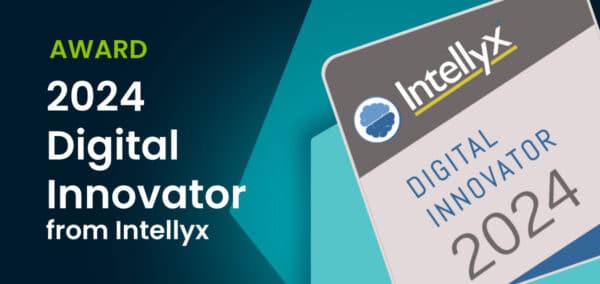
Back when linear television dominated the market, the broadcaster was in complete control of everything from the encoding all the way to the network. When streaming entered the scene, that model changed seemingly overnight. While publishers controlled the encoder and the app—everything in between them and the viewer was suddenly out of their hands.
“For the businesses that first went on to the web, they didn’t necessarily have full control of the data and the customer experience. For me, the streaming revolution offers a reset of all that.” – James Lamberti, CMO at Conviva
The answer, he suggests, is going back to the concept of golden data where content creators are in full control of every piece of information along the customer journey in real time. This includes how and when consumers engage with content and where they go to consume content after that. In an ideal scenario, everyone in the business—from the technology teams to marketing and advertising—has a clear view of the same census-level data so they can use it to make informed and strategic business decisions.
“It sounds so simple, but that is a radical shift in how businesses are run on digital technology.” – James Lamberti, CMO at Conviva
Understanding the challenges of measurement
Streaming has historically been measured using beacons or pixels that measure video playback or with smart TV-embedded technology to track what viewers are watching. Both methods miss various aspects of the streaming, such as what happens at every point throughout the video or across all devices on which the viewer is consuming.
On top of that, there are different forms of advertising that use varying technologies, as well as different ways to insert ads. When you add up all these different forms of streaming video, the business of measurement becomes much more complex.
The challenge is devising a way to measure every second of every kind of content—live, short- and long-form, and social—across every type of device.
Solving the problem of streaming data collection
Conviva tackles these challenges head-on by embedding software as close to viewers as possible: directly into video players and applications.
Deploying the software into a player means it goes everywhere the player goes, including every smart TV, streaming box, mobile device, and web device. Because the software gets deployed through the player, Conviva is able to achieve the largest coverage of streaming possible and collect valuable viewing and quality data.
However, there is immense fragmentation in the data because each device provides information in different ways. To address this, Conviva converts the fragmented measurements into a consistent, normalized data model across the different types of devices so it is useful to the business.
“We have invested a lot on the back end to align all these different types of measurements so that we can compare the metrics.” – Aditya Ganjam, Chief Product Officer at Conviva
Focusing on quality control for accurate data
Capturing data is one thing, but ensuring it is accurate is also critically important. Conviva validates the data it captures.
“At Conviva, we run every single app through different playback scenarios and issues and watch videos to ensure the metrics coming from our SDK match what we’re actually seeing on the screen.” – Aditya Ganjam, Chief Product Officer at Conviva
Because the devices Conviva measures are consumer devices out in the wild, there is noise that can obscure the data. Conviva has invested in technology to automatically detect the noise, identify where there are extraneous data points, and remove that noise so that it doesn’t deviate from the underlying signals that exist in the data.
Because software is constantly changing, Conviva also conducts continuous testing in partnership with Tata to ensure it is keeping pace with upgrades and enhancements of streaming applications as they happen.
Putting the data to work
With data in hand, it can be hard to identify key insights that businesses can use to take action to improve the user experience and boost engagement. That’s where artificial intelligence (AI) comes in.
Conviva uses machine learning and various techniques of AI to automatically find and highlight the problems that are impacting audiences the most and to pinpoint possible root causes.
“We have one capability within the product called AI Alerts that automatically identifies and diagnoses issues.” – Aditya Ganjam, Chief Product Officer at Conviva
This technology can be applied to improve time to resolution, which is the most important thing from an end-user perspective. Viewers care about how quickly issues can be found and fixed, and that is where AI can have a big impact.
Conviva’s tools can also provide objective feedback to content creators to help them determine the right content to display and how it should be mixed to best reach their audiences.
In the end, Conviva’s technologies and analytics are ensuring that publishers can keep viewers engaged, reduce customer churn, and drive new monetization models.
“We have billions and billions of streams we’ve observed, and we’ve also observed empirically that the better the experience on engagement, the more engagement you get—and conversely, the less churn you get. The quality of experience is directly related to the revenue for businesses around the world, which is why this technology is so important.” – James Lamberti, CMO at Conviva
To learn more about how Conviva is revolutionizing OTT video streaming, watch the webinar.







